On the road to open schooling, every teacher and student is a witness, participant and contributor. Since the 27th anniversary of the founding of Xi'an Eurasia University is around the corner, we start a new column named "Voice of Openness".
This is the second issue of this column. We'll learn from Lei Chunni, Director of the Infrastructure Department of Xi'an Eurasia University, what the university had done to achieve the "presenting a new humanistic landscape to Xi'an" goal, and stories that happened along the road building this high-quality campus and the open education environment while focusing on the "open space" subject.
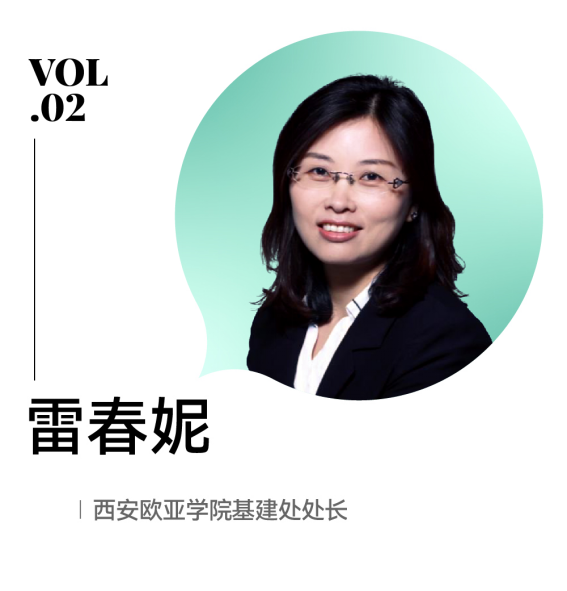
More than 20 years ago, Xi'an Eurasia University was officially located in the southern suburbs of Xi'an. Looking at this ordinary field, an idea appeared in Hu Jianbo's mind, founder and chairman of the university: to present a new humanistic landscape to Xi'an.
Looking back on the early stage of the construction of the campus, Lei Chunni said, "At that time, most domestic college campus' layout was decided by function. But at Mr. Hu's insistence, we made long-term plans for the campus and built the campus focusing on experience between people and the organic growth of the campus, and guided by a high standard." Mr. Hu's ideas, which seemed ahead of his time, proved to be effective as soon as the campus came into use.
After the construction of this brand-new campus of Xi'an Eurasia University was finished, it not only attracted lots of visitors but also received lavish praise from the government, enterprises, and institutions. It was frequently seen in local media, the CCTV news, films, and TV dramas, becoming an important feature of the city with a tolerant attitude.

(Fig. 1) Youth in Uniforms on CCTV 6 of which several scenes were taken in Xi'an Eurasia University
At the same time, a bridge, linking the internal and external space of the university, was successfully established. More and more experts, scholars and staff of universities, enterprises, and institutions came to visit the campus voluntarily. As a witness, Lei Chunni described the scene,
"Many people, after seeing the high-quality and integrated campus, the various kinds of teaching and learning buildings, internship and training sites, the Student Living Room, and other spaces became strongly interested in exploring modern management methods of the university, student-centered education concept, and open and integrated university culture. This also led to deeper communication and cooperation between the university and the outside world. It's fair to say that our campus has a very important influence on many people's understanding of this university. And it attracts people to explore it deeper through a good external image. This is one of the most important functions of the campus construction."
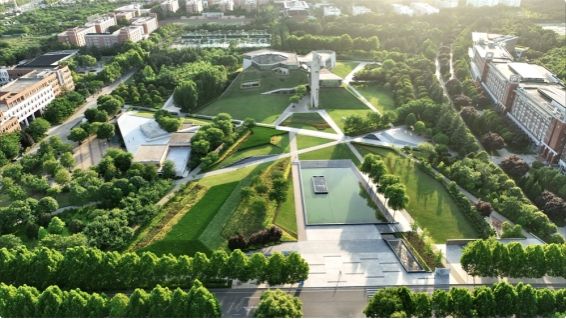
(Fig. 2) Xi'an Eurasia University overview
However, the construction of Xi'an Eurasia University meant more than this. In order to strengthen the implementation of the goal of building a humanistic landscape, various types of public spaces were integrated into the buildings. The completion of the first museum in Northwest China on the theme of "design", and a projected concert hall and other projected cultural and sports spaces next to it was a good example. These public facilities not only highlight the university's heritage but also play the role of the city's "cultural living room", which will contribute to the cultural life of the citizens and the development of local soft power.
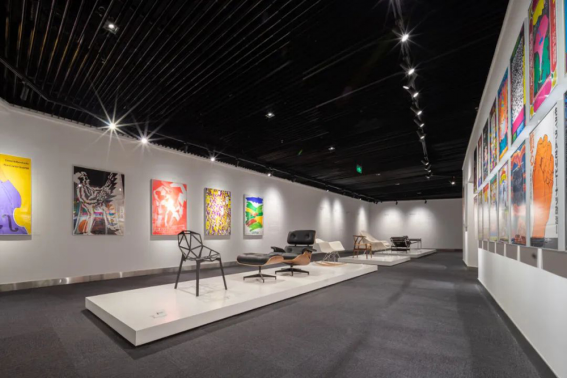
(Fig. 3) The Museum of Design of Xi'an Eurasia University is going to be an urban cultural public space integrating public education, exhibitions, seminars , and activities.
Based on the needs of scientific research and social services, Xi'an Eurasia University launched a new project of an "Industry-Academia-Research" building in addition to the studios, internship and training rooms, and multifunctional classrooms, promoting the integration of production, learning, research, and application, and the integration of the university and the regional industry with a high-quality environment.
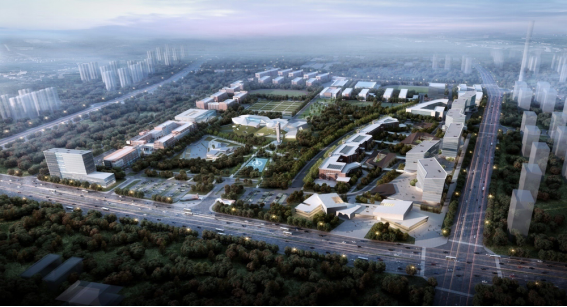
(Fig. 4) Xi'an Eurasia University future plan
As an old Chinese saying goes, "No one is perfect, no gold is perfect".
With the process of opening the campus space, Lei Chunni was pleased with the diversified positive effects. But at the same time, she was faced with a series of tasks, including meeting all the new needs emerging from the development of higher education and this innovative university, ensuring safe traffic, ensuring that the life of the students wouldn't be disturbed, and maintaining good management of the visitors.
To this end, the university's planning and construction team, together with the Architectural Design and Research Institute of Tsinghua University, started a four-year-long research and discussion. In the end, the university decided to gradually open up the campus in certain areas as it developed and integrate the campus with the city in various ways.
For example:
The east gate of the university was designed to be adjacent to Dongyi Road. A beautiful hollow fence and a lush sloping field of vegetation were built to reduce the noise while dissolving the sense of boundary and fragmentation between the university and the city.
Public facilities such as the Industry-Academia-Research Building and the concert hall planned for the northern part of the future campus were openly designed to be integrated directly with the city, leaving more possibilities for the development of Xi'an Eurasia University and Xi'an.
Since the function of the Student Service Center under construction in the west area is to serve students, this building will be open to the city along the street, presenting an international image that is integrated into the city without disturbing the students' life.
Lei Chunni emphasized the importance of a balance between openness, the students, and the campus because the university was 'student-centered'.

(Fig. 5) Rendering of the Student Service Center in the West Area
While the campus continues to attract more people, the Infrastructure Department of Xi'an Eurasia University is exploring opportunities outside of the campus.
Relying on the experience of the university's construction, the Infrastructure Department, together with the School of Human Settlements and Civil Engineering, founded the Institute of Urban Organic Renewal, which actively carries out a number of social services including training and exchange, designing of zones with different purposes, spatial design and management consulting, and project construction and management.
At present, the Institute has completed the project of the office of the Chang'an Design and Planning Institute in Xi'an, the management of the Ankang Service Area drivers project, the management consulting of Qing An Group, the landscape management consulting of the demonstration area of the Xianghu Bay project of County Garden, and the campus design and planning consulting of several colleges, universities, companies, and institutes including the College of Technology and Engineering of the Lanzhou University of Technology, Yunnan Technology and Business University, Guizhou Vocational College of Industry and Commerce, Hubei Enshi College, Qingdao Huanghai University, and Quanzhou Vocational and Technical University, providing strong support for more space and city's development.
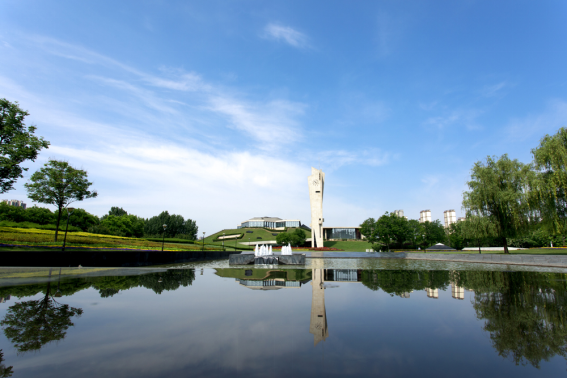
With urbanization focusing on cultural construction and spiritual prosperity and the continued popularity of mass education and higher education, the formerly independent "ivory tower" of academia is now outdated. As an organic part of the city, more and more colleges and universities around the world chose to reduce or even eliminate physical boundaries between them and the city, striving to break down the walls, achieving "zero height difference" between the society and the universities, and better delivering the modern function of the universities. In the future, Xi'an Eurasia University will continue to open its campus moderately based on the actual situation and make more contributions to the integration with society, dedication to the city development, and service to the citizens.







